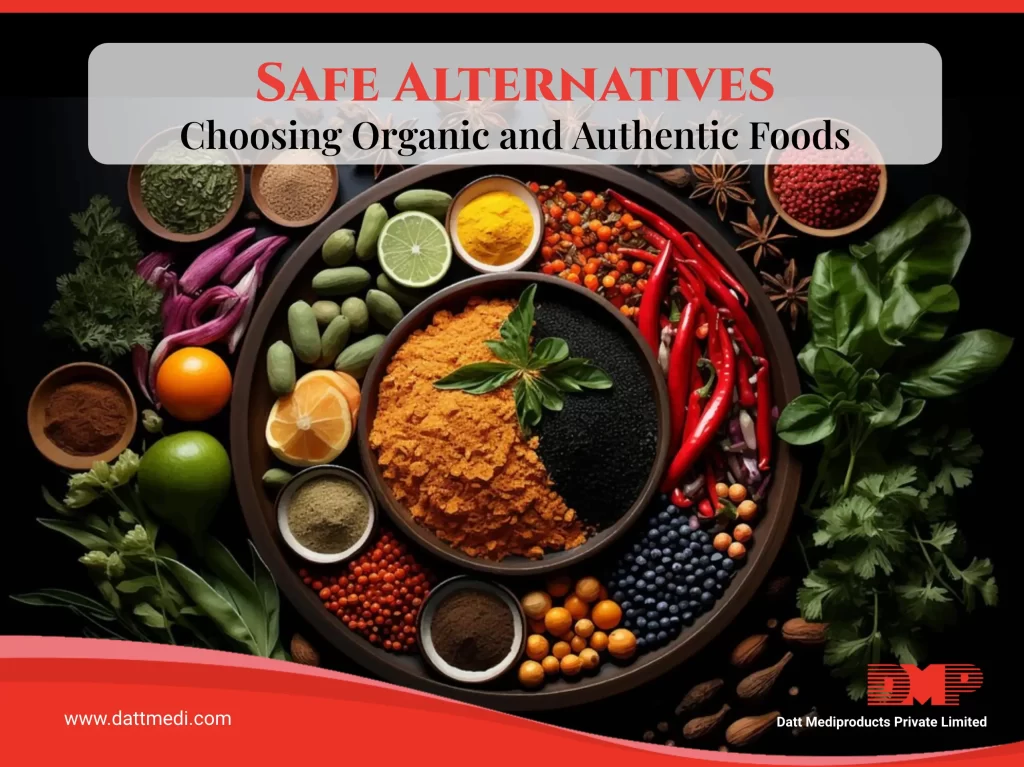
As the Centre imposed restrictions are being eased gradually, normal life in green zones is trying to be redefined amid lockdown with a focus being on the lives and their livelihood.
Several businesses have begun planning their next steps on the basis of relaxations offered by respective state govt. While everyone is trying to come back to normal, the word “normal” has gained a new definition itself. The aim of businesses and companies is now to cope up with the situation and survive in this global recession.
Employees, on the other hand, can help the nation and society by practicing safety guidelines and measures. This will not only ensure their personal safety but other safety also.
We, Datt Medi products, introduce some of such checklist points to follow during the upcoming surge while you are out of your homes in this COVID-19 era.
CHECKLIST WHILE LEAVING YOUR HOUSE
– Do not forget to carry your sanitizer.
– Sanitize your vehicle also especially the areas you are going to make physical
contact with.
– Make sure to carry all your necessary documents, driving license, travel passes, etc.
CHECKLIST WHILE TRAVELLING
– Use disposable masks and gloves while traveling.
– Avoid eating outside food.
– Avoid touching your face.
– Do not make physical contact with other people.
– Be kind to authorities on your way.
After all, they are also humans and performing their duties for your safety.
CHECKLIST WHILE IN OFFICE
– Sanitize your valuables like laptops and mobile. Wipe them with disinfectant tissues and dispose off them immediately
– Wash your hands-on regular intervals with soap and water for at least 20 seconds.
(For more details on Handwashing technique, you can read our previous blog.)
– Keep your premises clean. Sanitize your workstation with disinfectant wipes to ensure your safety and reduce the spread of contamination. Immediately wash your hands or sanitize them after doing so.
– Avoid touching face and making physical contact with others. Use face protection shields and masks.
– Keep practicing Social Distancing norms, even during lunch hours maintain
an advisable distance with fellow colleagues.
– Avoid gathering or crowding in common areas and the “potential” hotspot points like office entrances, smoking areas, canteens, restrooms, etc.
– Avoid hard copies of any documents received from
outside, if possible. Digitalization is your key during this time.
– Ensure no sharing of your workstations to the extent possible.
– Eat a good healthy diet to maintain strong immunity.
CHECKLIST WHILE RETURNED HOME
– Change your clothes immediately and dip them in hot water for some time before washing.
– Check your temperature.
– Keep track of symptoms every day.
– Have a good and healthy diet. You can drink turmeric latte milk at night. It is not only anti-inflammatory but also has anti-infective properties also. In addition, it builds your inner core too.
Apart from these, try observing Hygiene Etiquettes and avoid traveling if you see any symptoms or have a temperature. You may risk not only your life but also the life of the others.
At the end, we appeal everybody to ensure health/safety policies along with precautionary measures, as recommended by the Centre. You can follow us at Dattmediproducts to stay updated and receive more health-related information.
Stay Educated, Stay Healthy; Stay Safe!




